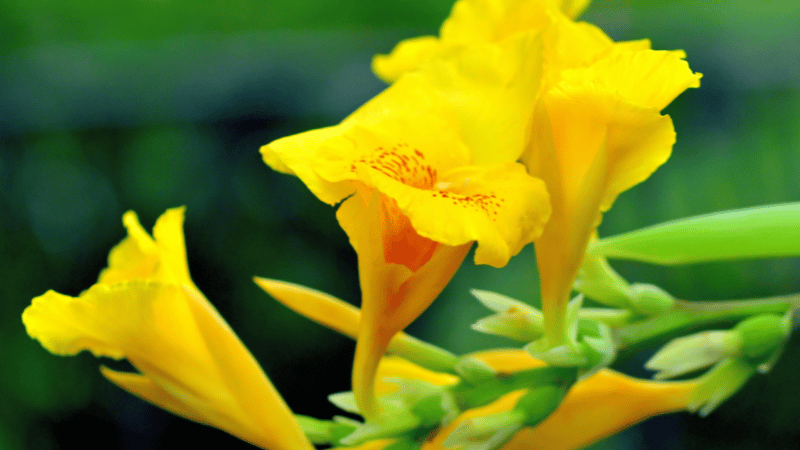Canna lilies, with their vibrant flowers and broad leaves, are a centerpiece in any garden. Selecting the right companion plants for canna lilies not only enhances their beauty but also supports a healthy garden ecosystem.
This article delves into the best and worst Canna lily Companion Plants, providing you with a guide to create a visually stunning and biologically beneficial garden space.
Benefits of companion planting with Canna lily
- Visual Harmony: Companion plants should complement the height and color of canna lilies.
- Soil and Water Needs: Choose companions with similar soil and water requirements.
- Pest Management: Certain companions can deter pests that are harmful to canna lilies.
- Biodiversity: A diverse planting scheme promotes a healthy, balanced garden.
Good Canna lily Companion Plants
Selecting plants that thrive in similar conditions and offer aesthetic or ecological benefits is crucial. Good companions should have similar water and light needs and either enhance the visual appeal or aid in pest control.
| Plant Type | Benefits |
|---|---|
| Marigold | Deters pests, adds color contrast |
| Salvia | Attracts pollinators, adds height variety |
| Zinnia | Offers vibrant color complement |
| Hosta | Provides contrasting foliage texture |
| Lavender | Attracts pollinators, adds fragrance |
| Catmint | Repels certain pests, attracts bees |
| Cosmos | Adds delicate texture, attracts wildlife |
| Lantana | Diverse color, pest resistant |
| Russian Sage | Adds height, repels pests |
| Bee Balm | Attracts pollinators, adds vibrant colors |
Here are details on each flower listed as a good companion plant for canna lilies, including why it is beneficial, along with growing information and recommended fertilizers:
Marigold
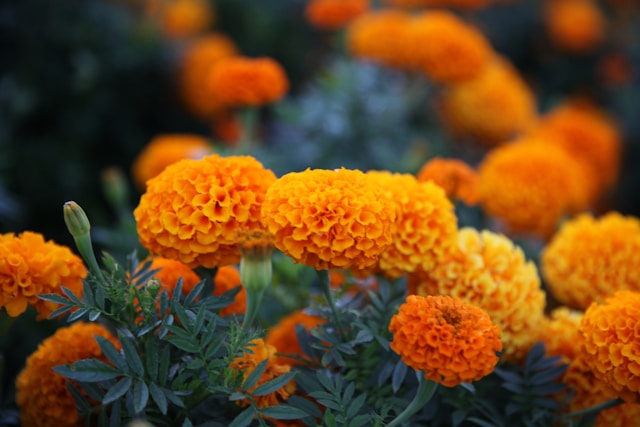
Marigolds are excellent companions for canna lilies as they deter many pests like nematodes, aphids, and whiteflies that can harm the plants. Their strong scent also helps repel rabbits. Marigolds add a vibrant pop of orange and yellow colors that contrast nicely with canna lilies.
USDA Zones: 2-11
Soil Requirement: Well-drained soil
Height and Spread: 6 inches to 3 feet tall and 6-18 inches wide
Growing Conditions: Full sun, drought tolerant
Recommended Fertilizers: Balanced liquid fertilizer every 4-6 weeks
Salvia

Salvia attracts pollinators like hummingbirds and butterflies that aid in the pollination of canna lilies. Its tall spikes of purple, red, or blue flowers provide a lovely height contrast.
USDA Zones: 4-10
Soil Requirement: Well-drained soil
Height and Spread: 1-5 feet tall and 1-3 feet wide
Growing Conditions: Full sun
Recommended Fertilizers: Compost or balanced fertilizer in early spring
Zinnia

Zinnias offer vibrant shades of red, orange, yellow, pink and white that beautifully complement canna lily blooms. They also attract pollinators and have similar sun and water needs.
USDA Zones: 2-11
Soil Requirement: Well-drained soil
Height and Spread: 6 inches to 4 feet tall
Growing Conditions: Full sun
Recommended Fertilizers: Balanced liquid fertilizer every 4-6 weeks
Hosta
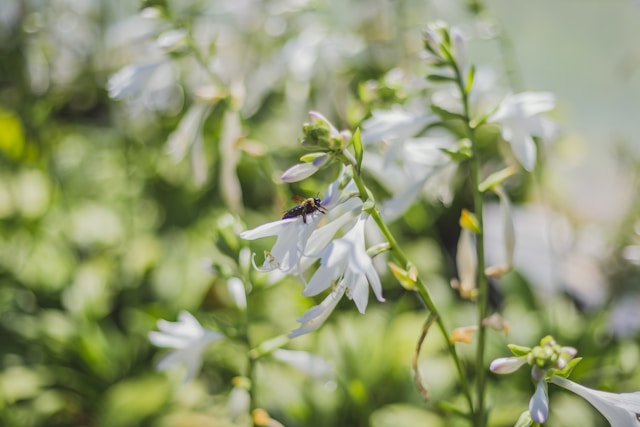
The broad, textured leaves of hostas provide an excellent foliage contrast to the lush leaves of canna lilies. Hostas also tolerate some shade from taller plants.
USDA Zones: 3-9
Soil Requirement: Fertile, well-drained soil
Height and Spread: 6 inches to 4 feet tall and wide
Growing Conditions: Part to full shade
Recommended Fertilizers: Compost or balanced fertilizer in early spring
Lavender

Lavender’s purple flower spikes and aromatic foliage make an excellent fragrant companion to canna lilies while also attracting pollinators like bees and butterflies.
USDA Zones: 5-9
Soil Requirement: Well-drained soil
Height and Spread: 1-3 feet tall and wide
Growing Conditions: Full sun
Recommended Fertilizers: None needed
Catmint
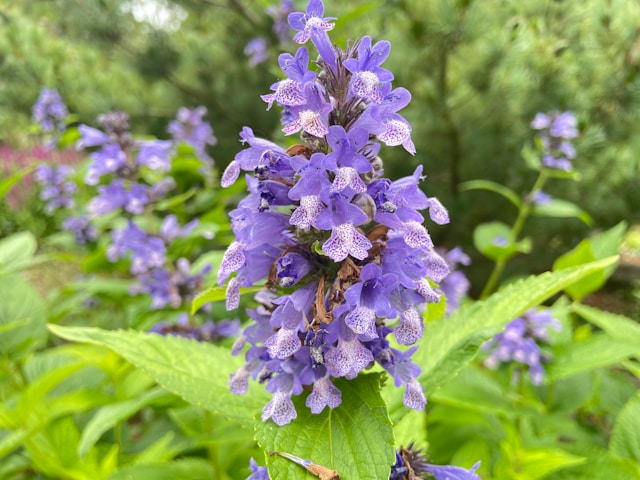
Catmint has a sprawling habit that can help repel certain pests from the area around canna lilies while also attracting beneficial bees. Its blue-purple flower spikes complement canna blooms.
USDA Zones: 3-9
Soil Requirement: Well-drained soil
Height and Spread: 1-3 feet tall and wide
Growing Conditions: Full sun
Recommended Fertilizers: None needed
Cosmos

Airy cosmos blooms in shades of pink, white, and purple add delicate texture when planted with bold canna lilies. Cosmos also attracts many pollinators and beneficial insects.
USDA Zones: 2-11
Soil Requirement: Well-drained soil
Height and Spread: 1-6 feet tall
Growing Conditions: Full sun
Recommended Fertilizers: None needed
Lantana
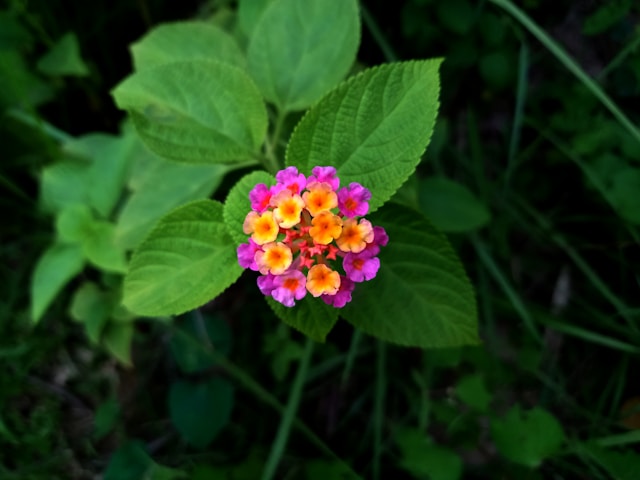
Lantanas provide a wide range of flower colors like yellow, orange, red, pink, and purple that nicely accent canna lilies. They are also drought and pest resistant companions.
USDA Zones: 8-11
Soil Requirement: Well-drained soil
Height and Spread: 1-6 feet tall and wide
Growing Conditions: Full sun
Recommended Fertilizers: Balanced fertilizer in early spring
Russian Sage
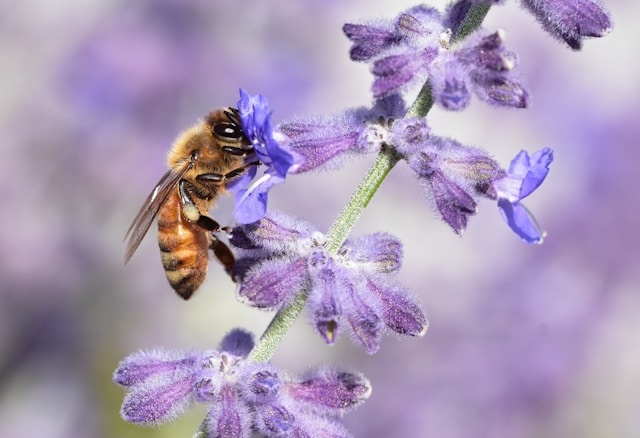
The tall lavender-purple flower spikes of Russian sage create lovely height variation when planted with canna lilies. Russian sage also helps repel pests like deer and rabbits.
USDA Zones: 4-9
Soil Requirement: Well-drained soil
Height and Spread: 3-5 feet tall and wide
Growing Conditions: Full sun
Recommended Fertilizers: None needed
Bee Balm
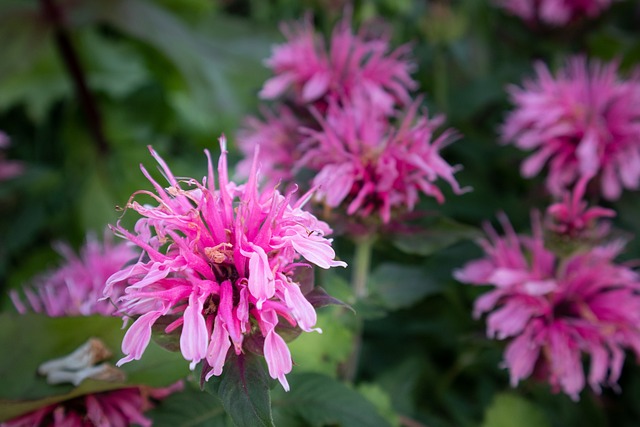
Bee balm’s bright red, pink, or purple flowers attract pollinators like hummingbirds to the area around canna lilies. It also provides beautiful color contrast.
USDA Zones: 4-9
Soil Requirement: Moist, well-drained soil
Height and Spread: 2-4 feet tall and wide
Growing Conditions: Full sun to part shade
Recommended Fertilizers: Compost or balanced fertilizer in early spring
Bad Canna lily Companion Plants
Avoid plants that compete aggressively for resources or attract pests detrimental to canna lilies. Incompatible companions might also have contrasting water or light requirements, leading to an imbalance in the garden.
| Plant Type | Issues |
|---|---|
| Mint | Invasive growth habit |
| Fennel | Attracts harmful insects |
| Walnut Trees | Releases growth-inhibiting chemicals |
| Cabbage | Competes for space and nutrients |
| Oak Trees | Dense shading, water competition |
| Grasses | Competes for nutrients and water |
| Rosemary | Differing water needs |
| Bamboo | Aggressive root system |
| Cedar Trees | Allelopathic effects, shading |
| Alfalfa | Attracts aphids and other pests |
Canna lily in the Vegetable Garden
In vegetable gardens, canna lilies can be both ornamental and functional. They should be paired with vegetables that share similar growing conditions and offer mutual benefits.
| Vegetable | Benefits |
|---|---|
| Tomatoes | Shared water and sun requirements |
| Peppers | Complementary growth habits |
| Lettuce | Benefits from shading by canna lilies |
| Cucumbers | Similar water needs, pest control |
| Beans | Nitrogen fixing, benefits soil health |
| Eggplant | Shares sun and water requirements |
| Radishes | Compact growth, space-efficient |
| Spinach | Shade tolerant, benefits from canna lilies’ height |
| Zucchini | Similar growing conditions |
| Carrots | Does not compete with canna lilies for space |
Scientific References
- Li, Y., Yu, Y., & Song, Y. (2023). Leaf functional traits of Zanthoxylum planispinum ‘dintanensis’ plantations with different planting combinations and their responses to soil. Forests, 14(3), 468. https://doi.org/10.3390/f14030468
- Khudr, M. S., Fliegner , L., Buzhdygan, O. Y., & Purkiss, S. A. (2020). Host availability, repulsive companion planting, and predation interact and shape how a parthenogenetic aphid population responds to a stratified ecological challenge. In Preprints. https://doi.org/10.20944/preprints202001.0140.v1
For more detailed insights into the compatibility and benefits of these companion plants, refer to the provided scientific references.
Zaki Infitar is the driving force and creative mind behind GreenBuilt.co. As a self-taught gardener with an unwavering passion for all things green, Zaki’s journey into the world of gardening is a testament to his dedication and love for nature.

